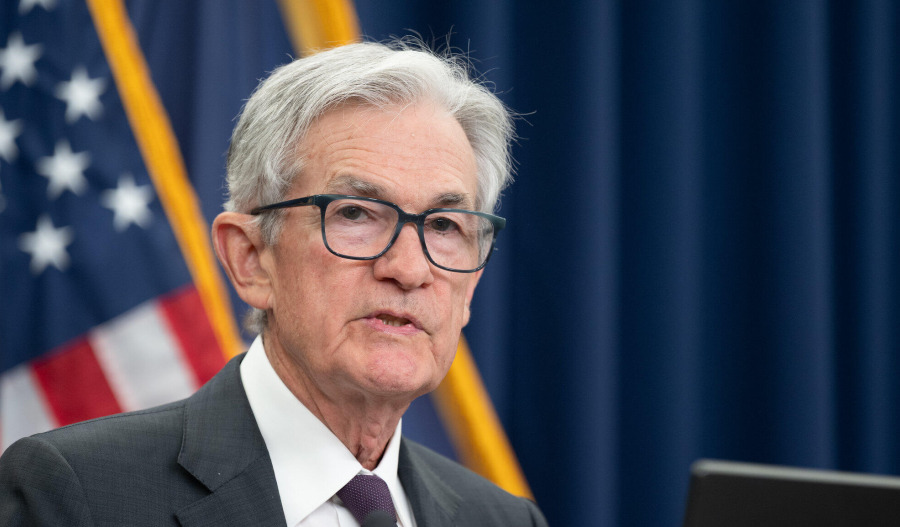United States job growth remained sluggish in July, with just 73,000 positions added during the month, while figures for May and June were revised sharply lower, prompting renewed concern over the health of the labour market and increasing expectations of a Federal Reserve rate cut.
The latest data from the Bureau of Labor Statistics showed that nonfarm payrolls rose by 73,000 last month, up from a downwardly revised 14,000 in June but still well below market forecasts of 110,000.
The revisions were steep: June’s total was cut from 147,000 to 14,000, and May’s from 144,000 to just 19,000, together slashing 258,000 jobs from prior estimates.
The unemployment rate ticked up to 4.2%, matching forecasts. Market reaction was swift, with stock futures falling and Treasury yields dropping as investors recalibrated expectations.
The disappointing numbers have bolstered expectations that the Fed will cut interest rates at its September policy meeting. According to CME Group FedWatch Tool, traders now see a 80.3% chance of a cut, up sharply from 40% a day earlier.
Health care and social assistance were the main drivers of job creation, accounting for about 94% of July’s gains. Health care alone added 55,000 positions, while social assistance contributed 18,000.
Elsewhere, retail added nearly 16,000 jobs and financial services gained 15,000.
However, job losses continued in the public sector, with federal government employment falling by 12,000 and now down 84,000 from its January peak.
The decline follows the introduction of job cuts by the Department of Government Efficiency, led by Elon Musk. Professional and business services also shed 14,000 positions.
“In many ways, this is about slowing down,” said Atlanta Federal Reserve President Raphael Bostic on CNBC. “And now the test we have is really to figure out, to what extent is this slowdown likely to persist and get us into a more troublesome position.”
Bostic, who does not vote on the Federal Open Market Committee this year, said he would support just one rate cut in 2025.
Wage growth showed some resilience, with average hourly earnings rising 0.3% month-on-month, in line with expectations. Year-on-year, wages increased by 3.9%, slightly higher than forecast.
However, the broader household survey, which feeds into the unemployment rate, painted a grimmer picture. It showed a decline of 260,000 workers and a fall in the labour force participation rate to 62.2%, the lowest level since November 2022.
The underemployment rate, which includes discouraged and part-time workers, rose to 7.9%, a level last seen in March.
Long-term unemployment also worsened, with the average duration rising to 24.1 weeks - the highest since April 2022. The number of people unemployed for 27 weeks or more climbed to 1.82 million, representing roughly one-quarter of the total unemployed population.
The report lands amid rising uncertainty around trade and economic policy. President Donald Trump’s escalating tariffs and tough stance on illegal immigration have cast a shadow over the employment outlook, with business confidence faltering.
Trump has been unrelenting in his criticism of the Federal Reserve. On Friday morning, he posted on Truth Social: “Jerome ‘Too Late’ Powell, a stubborn MORON, must substantially lower interest rates, NOW. IF HE CONTINUES TO REFUSE, THE BOARD SHOULD ASSUME CONTROL, AND DO WHAT EVERYONE KNOWS HAS TO BE DONE!”
Despite the labour market slowdown, some macroeconomic indicators have remained firm. Gross domestic product rose by an annualised 3% in the second quarter, exceeding expectations.
However, that growth was largely driven by a reversal of import stockpiling ahead of Trump’s April 2 “liberation day” tariff deadline. Core demand remained soft, and consumer spending growth, though improved from Q1, remained subdued.



